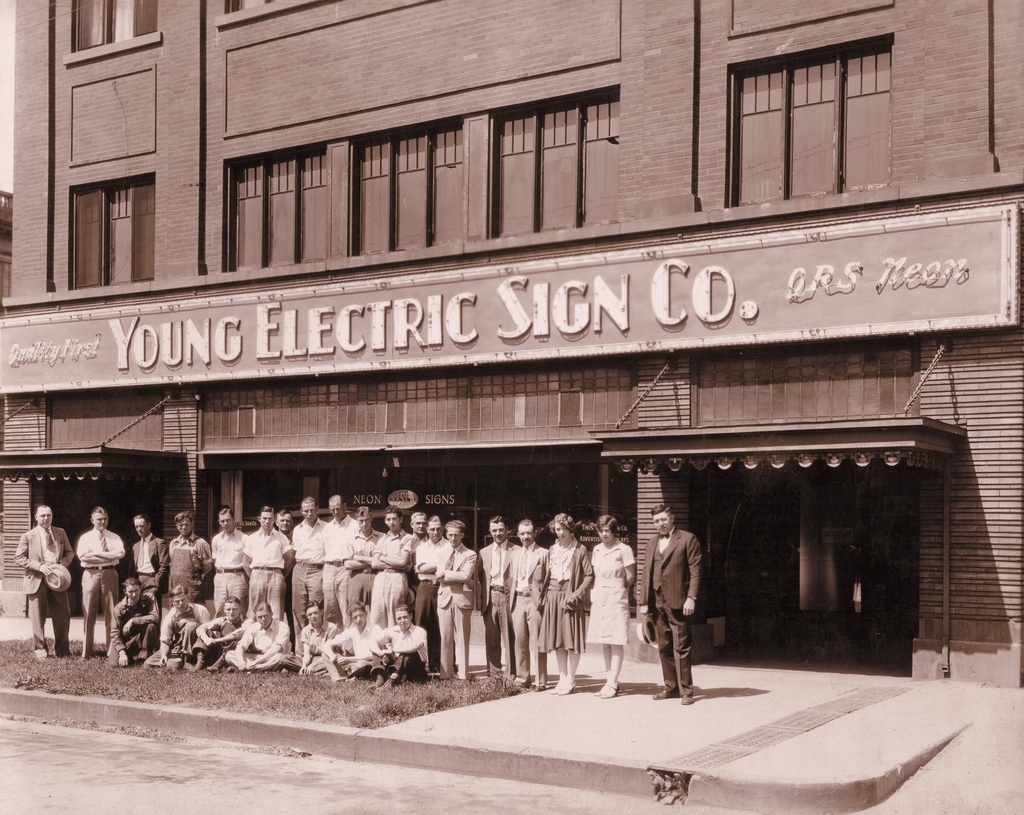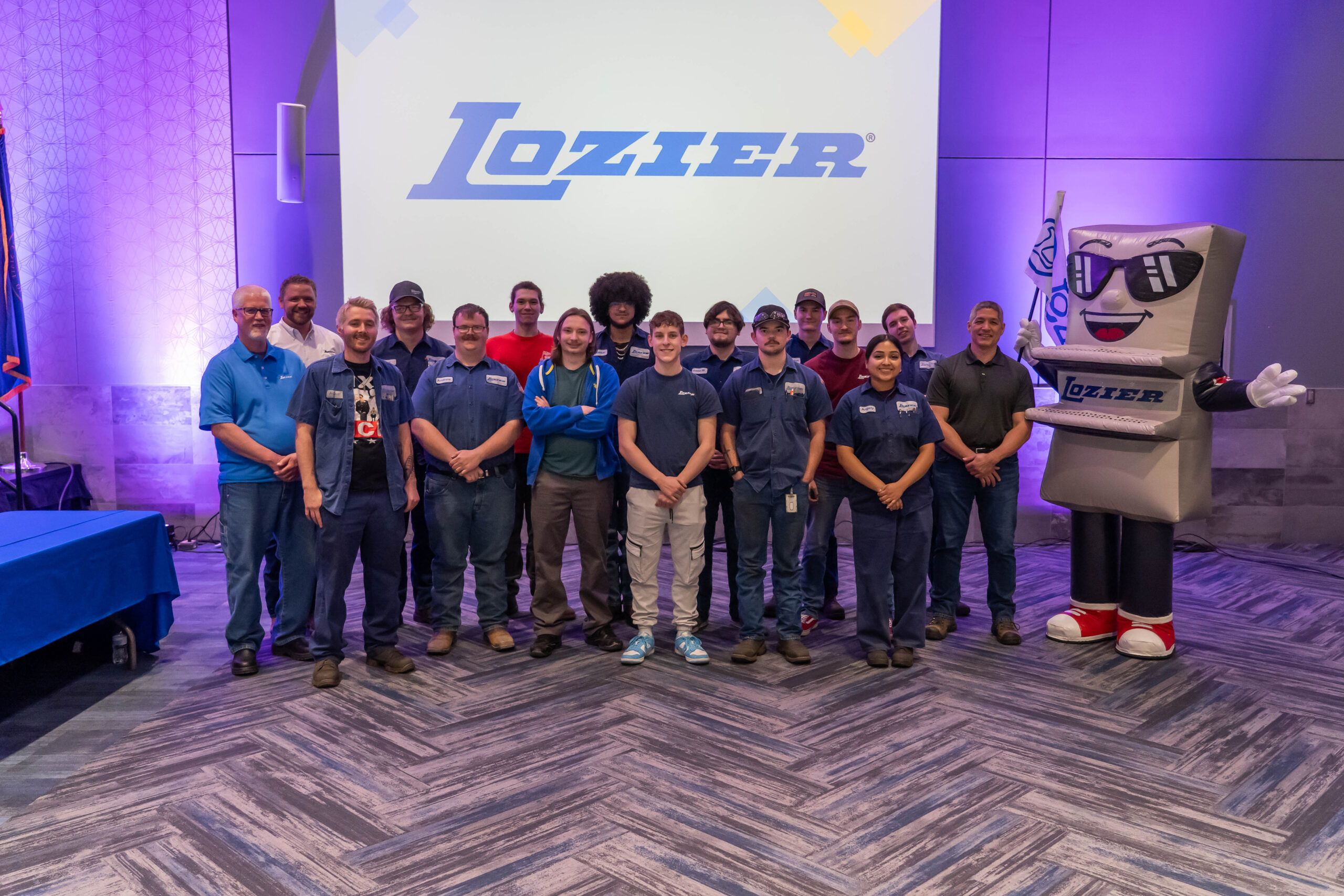

Culture Is The Water We Swim In Every Day
- Catherine Spence
- Pomello
I have a favorite quote from author David Foster Wallace that I feel speaks directly to company culture:
“There are these two young fish swimming along and they happen to meet an older fish swimming the other way, who nods at them and says, ‘Morning, boys. How’s the water?’ And the two young fish swim on for a bit, and then eventually one of them looks over at the other and goes, ‘What the hell is water?’ ”
Culture is the water we swim in every day.
Say you’re the CEO of a small business that has grown to the point where not everyone knows one another. You notice an increasing number of conflicts between different teams. You’ve read a lot of articles that suggest a strong company culture is the solution to these types of growing pains. But what, exactly, do we mean when we talk about culture?
Culture is something we tend not to think about because it surrounds us all the time. It is a set of organizational values that unites employees with a common purpose and a shared set of priorities. All organizations have a culture. The question is whether you know what water your company swims in—and if you can use it to your competitive advantage.
Company culture is often ignored as a strategic asset because it’s difficult to define and quantify. Much of today’s media coverage confuses culture with manifestations of culture such as brand attributes, free lunches and unlimited vacation.
Think about companies like Google and Twitter that are renowned for their cultures. What comes to mind? Maybe ping-pong tables? Maybe groundbreaking innovation? The hype ends up being about superficial trappings or specific attributes.
What’s more, Google and Twitter are like the prom king and queen of company culture. Other companies chase these cultures instead of finding their own.
So how should an Evergreen CEO define company culture? At Pomello, we propose a model based on three principles:
1) Align culture with business strategy. Identify the authentic values that drive behaviors that will make your team successful and don’t worry about emulating the company that just got written up in Forbes or TechCrunch.
2) Build cohesion by living your values and hiring for fit.
3) Measure success by evaluating culture over time and be open to changes dictated by shifting strategy.
Netflix arguably started the current wave of interest in company culture. In a now-famous 124-slide PowerPoint presentation, CEO Reed Hastings explained the firm’s values by highlighting specific behaviors it rewards (for example: employees who take smart risks demonstrate the value of courage). His value statements weren’t meant to impress; they were meant to paint an accurate picture of Netflix. They were authentic.
A second company I like to highlight for the cohesiveness of its culture from top to bottom is First Republic Bank. Its culture of customer service is embodied by its employees—from the executive team to the frontline customer relationship associates. It is unusual to see such consistency across an organization. I attribute that to a commitment to hiring and promoting staff members who best fit the culture.
Finally, I want to draw attention to SAS, another pioneer of strategic company culture. CEO Jim Goodnight once said, “My chief assets drive out the gate every day. My job is to make sure they come back.” SAS successfully structures its culture of creativity and well-being to yield results that are valuable for the firm. While the majority of the software industry experiences turnover above 15 percent, SAS’s turnover is consistently in the low single digits. This extraordinary retention rate both reflects and contributes to a healthy corporate culture.
When you have an authentic and cohesive set of values, lived by leadership and rewarded in employees, you achieve the organization-wide equivalent of charisma—a magnetic quality that draws people in. At the company level, culture attracts the right talent, keeps them engaged and optimizes your most valuable asset.
Catherine Spence is co-founder and chief product officer at Pomello (www.pomello.com), a predictive HR analytics company based in Silicon Valley.
More Articles and Videos

Fireside Chat with Dave Thrasher, Dan Thrasher, and Dave Whorton
- Dave Thrasher, Dan Thrasher, & Dave Whorton
- Supportworks and Thrasher Group

Get Evergreen insight and wisdom delivered to your inbox every week
By signing up, you understand and agree that we will store, process and manage your personal information according to our Privacy Policy






